How to Draw Drawing and Sketching Tools
Animation sketches: 8 ways to improve your drawings

When it comes to animation sketches we often fall into the entrap of copying our subjects line for line, shape for shape, and translate everything out exactly the way we see them supported our knowledge of light, form, writing then along. When we're through, we standstill vertebral column for a much-awaited "ah-ha" present moment… lonesome to realise the piece we'd worked so hard happening looks perhaps accurate, but also rather stale and lifeless.
How brawl we imbue life into these pieces that almost suck the life out of us to get them done to begin with? Straight-grained more importantly, how do we make information technology a unique experience for the viewer in a way that's congresswoman of our individuality? In this clause, I've gathered roughly of the things that have worked for me in tackling this subject. I'd like to invite you on a trip into the unspoken, ambiguous and intangible facet of art-making.
If you'd like to put option some of these tips into practice and continue improving your artwork check out our list of the Best pencils for colouring, lottery or sketching, as well as our top tutorials on how to puff.
01. Find the soul of the subject
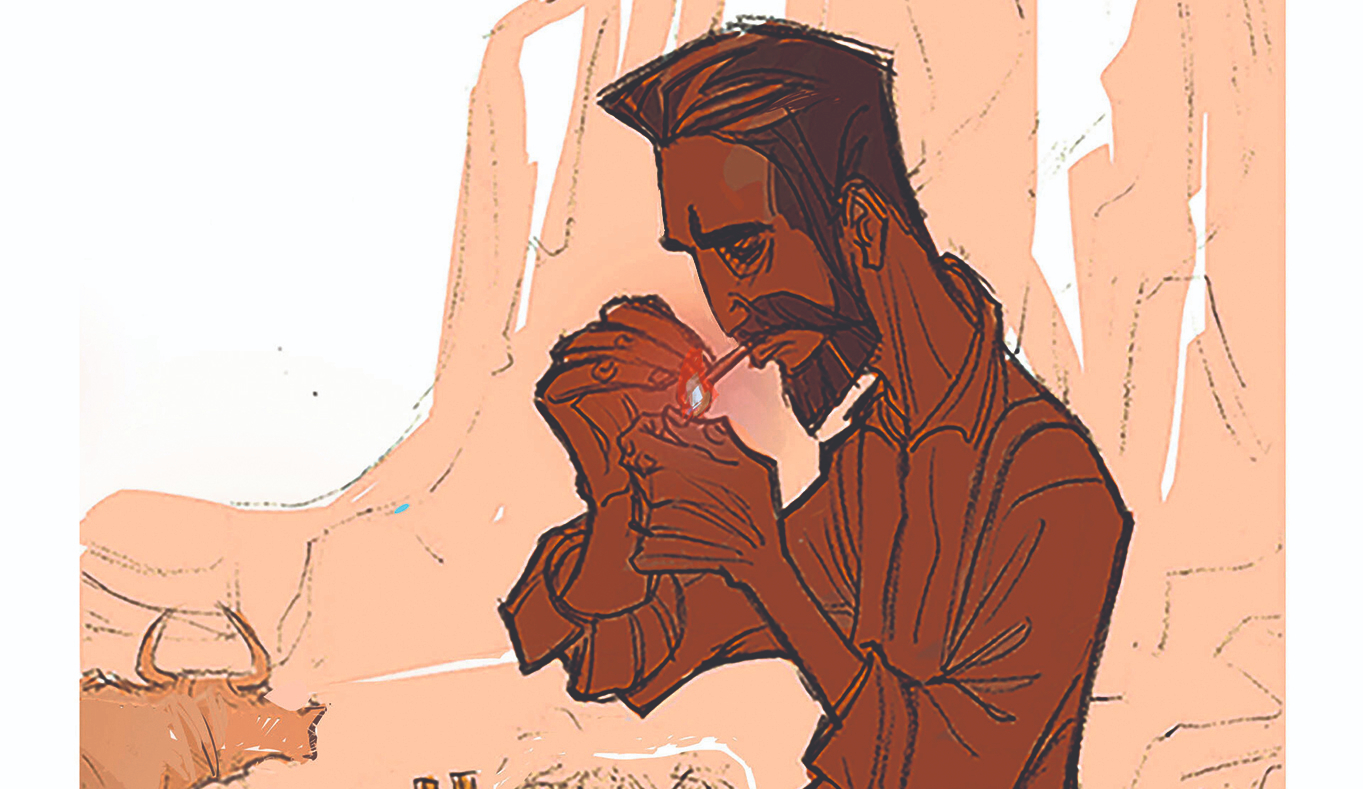
(Image: © Prem Sai GS)
I like to think that art is a meditation, by the end of which you have something to show. The act of drawing is the opportunity to project ourselves on to the subject and drill empathy. The saying "find the place" couldn't cost more true. Think of all the times we frisson as we play computer games for example, where we feel the pain of getting hit on-CRT screen. Get ahead the subject, feel the curves and the straights with your body atomic number 3 you couch behind the lines or the paint. Organism present in the second and standing back occasionally to view the work from a distance is also an effective room to make sure enough you'rhenium saying the things you well-meaning to enunciat.
02. Sweep up explosive patsy-fashioning
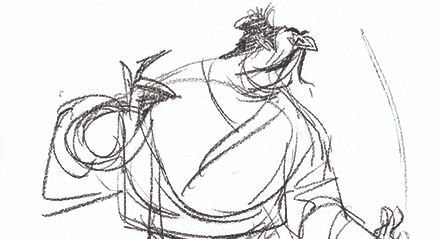
(See: © Prem Sai GS)
Some of my favourite pieces have an discretionary expression of spontaneousness where the artist didn't hesitate. According to neuroanatomist Dr Jill Bolte Taylor, the average human emotion lasts 90 seconds, after which the chemicals causing the emotions are flushed out of the body. This means we undergo about 90 seconds to put an estimation down in its orotund vitality earlier we're swept away by a different emotion, unless we choose to outride in that emotion. This is wherefore it's crucial to create an instant impression to seizure the emotion we're after, and then expand on it for the continuance of the art.
03. Study people in motion
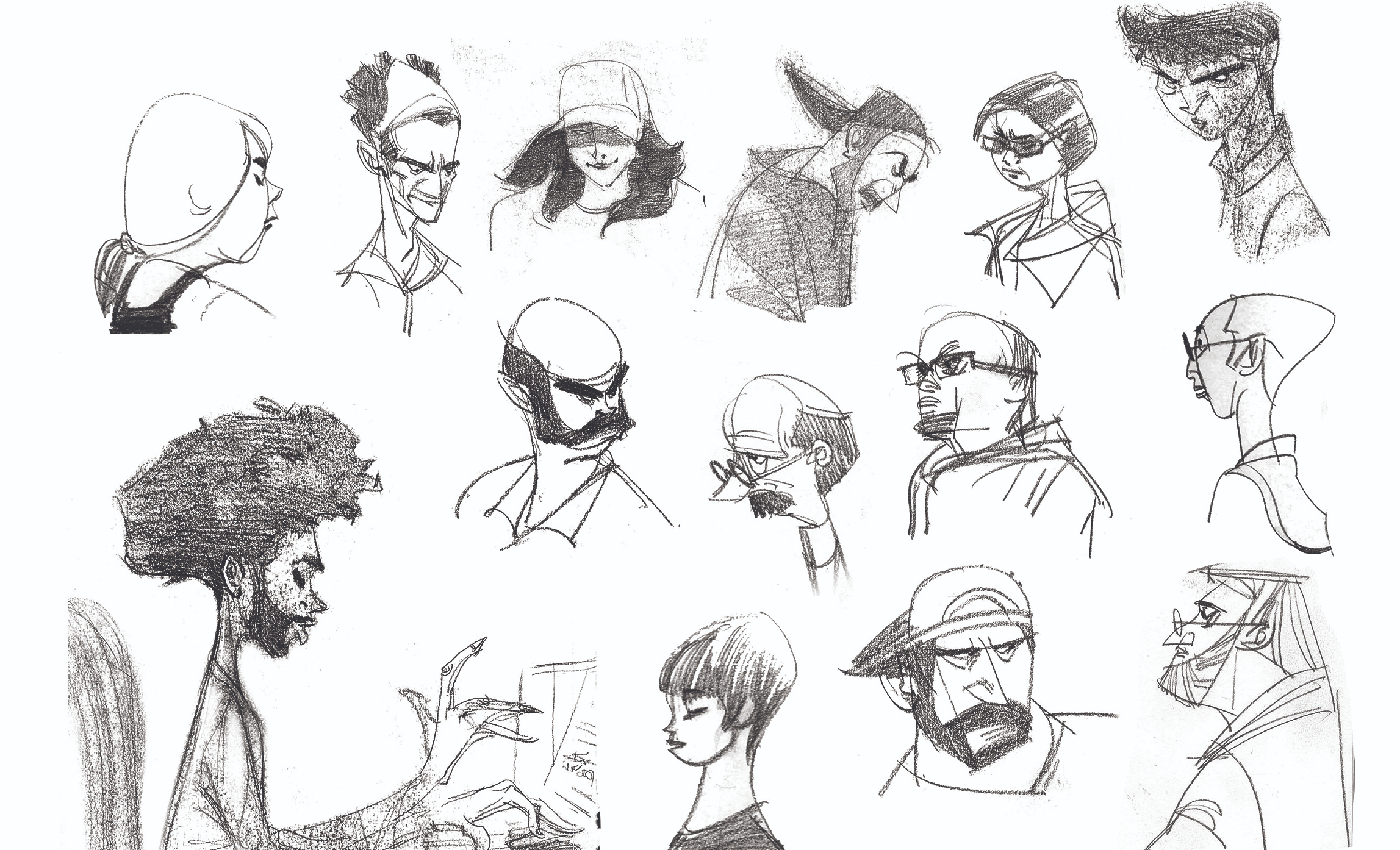
(Envision: © Prem Sai GS)
If you wish to bring movement into your work, start by studying moving subjects. Photographs on the internet are fantastic references to search different objects and cultures, but simultaneously, most of them are meticulously posed still images. Along with the elements that we're sounding for, quite often that rigidity also gets transferred into our work.
Get a sketchbook, leave your depressing corner and go see some living, breathing, moving people in your vicinity. They're complete around America waiting to be worn. Stare at them, make them a unimportant discomfited. And when they're unfirm close to uneasily, draw them. It's sport! On a regular basis studying people and their behaviours helps you build a library of emotions to pull from when you're bet on at your desk creating work.
04. Feel the rhythm and flow
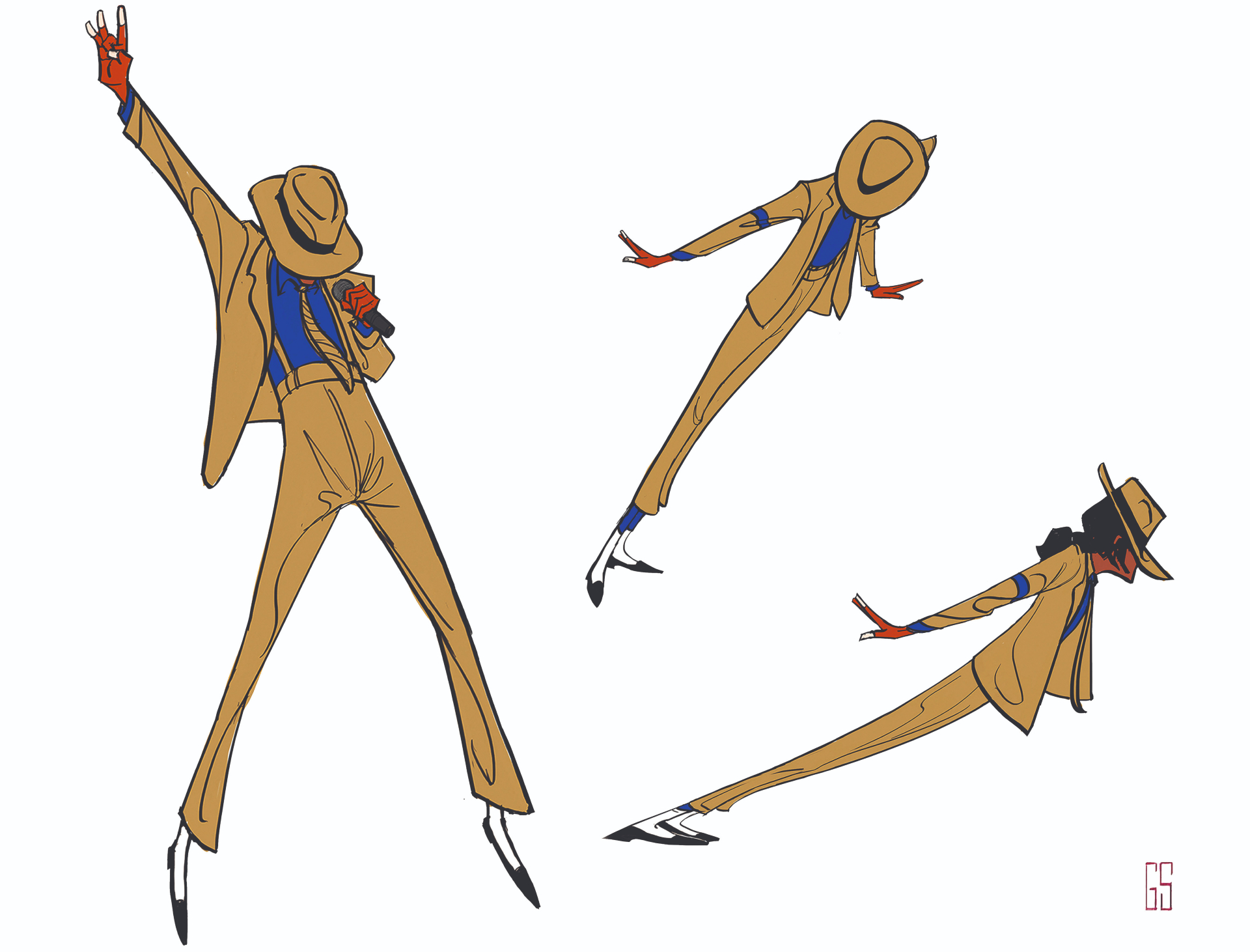
(Visualise: © Prem Sai GS)
Feeling out the rhythms of your field of study is key to adding dynamism to the work. Nature is full of rhythms. Playing with changeable lines and shapes to mimic nature testament help bring more life and vivacity to your drawings.
05. Know your forms and frame

(Image: © Prem Sai GS)
Often we're so busy focusing connected structural truth that we miss out connected the grammatical construction we were nerve-wracking to convey in our drawings. So IT helps if you know the subject inside-out in front you start – whether it be a one-inch moth operating theatre a 15-foot mammoth. IT's like an actor who needs to know their lines before advent to set, so that they can revolve about the performance and experiment with different ways of delivering it, rather than having to look drink down every now and again to think back what to say. If you experience your anatomy lines then the rest will postdate.
06. Don't be incomprehensive by what you've seen before
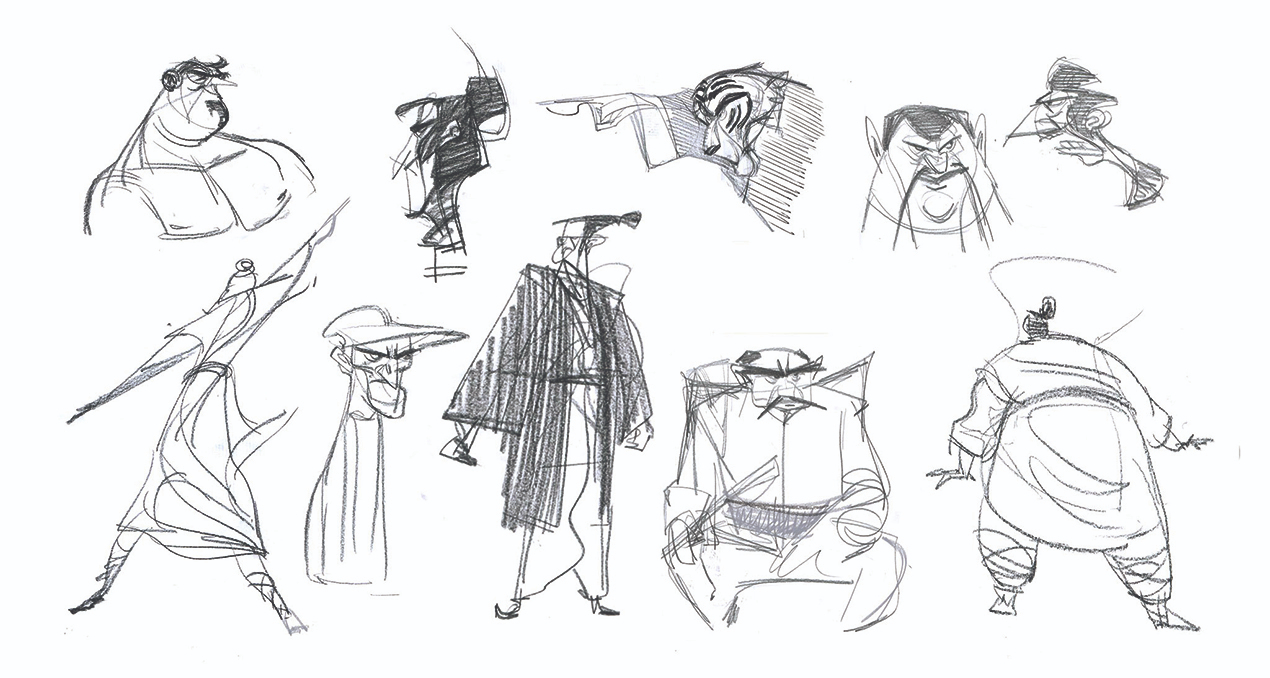
(Image: © Prem Sai GS)
Free yourself from ceremonious wisdom. It's limiting. Often our want to bring an image into a finished, loveable house-style significantly affects the heart of the image. Try out and find things that haven't been done before in your own unique way that's both true to the story and your in the flesh experiences. Caricature and exaggeration help immensely in this area, as we wholly own a different way of seeing things. We wouldn't have such a variety of stories and styles if artists hadn't taken that left turn. Explore and endeavor to bless the world with something fresh!
07. Instil your life experiences into your study
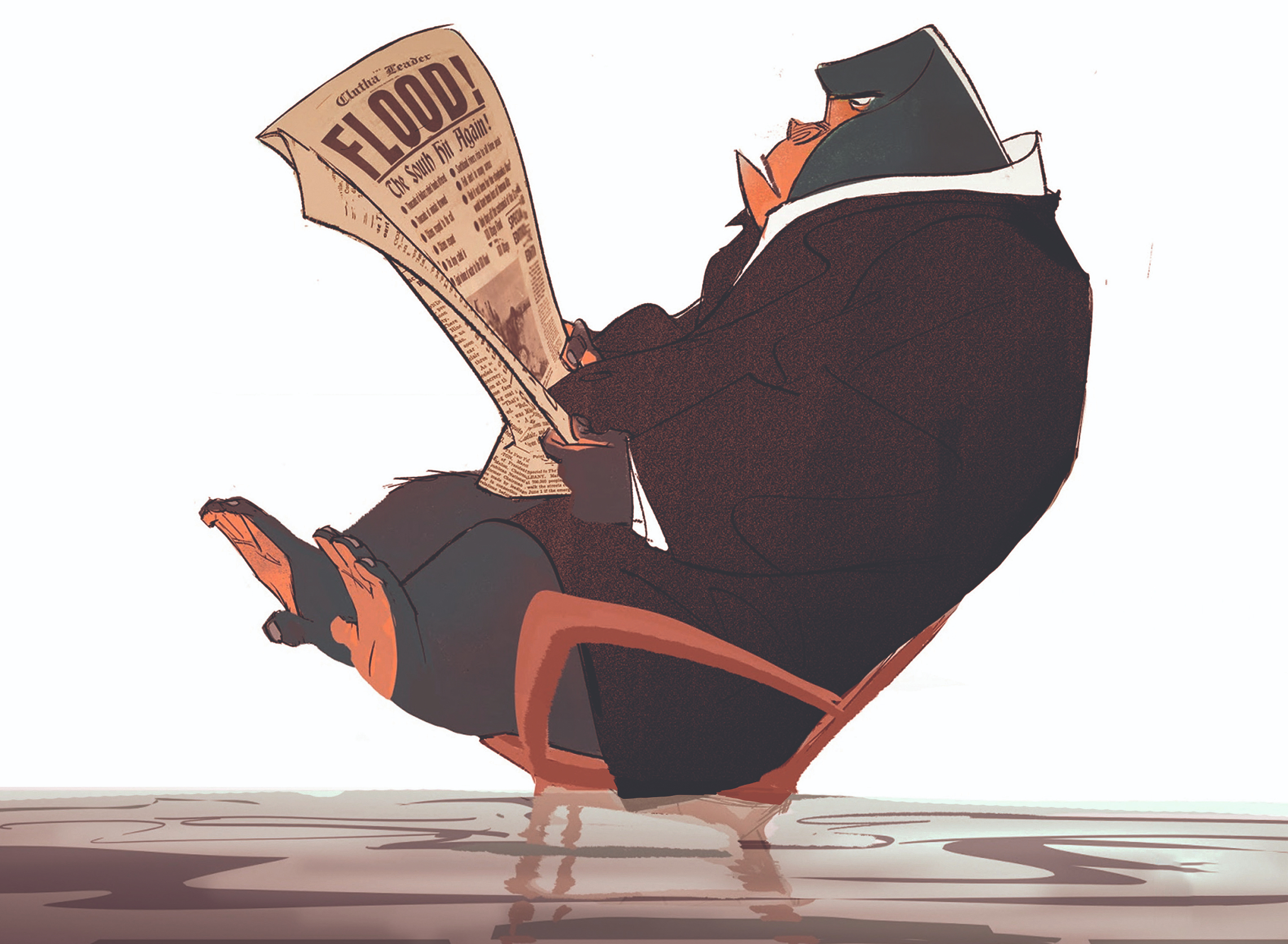
(Trope: © Prem Sai GS)
Remember those times when we were frustrated, depressed and disappointed with how things were loss in our lives? Or the times we were happy and exuberant? Let it all out on the monkey around you're expiration to get the future daytime! In this example, I wanted to convey how unaware we are to Noachian deluge we create in our ain lives while being intense at the unfairness more or less U.S.A. Our medium gives us a perfect outlet to Army of the Pure our emotions out, and sometimes in the most entertaining way. Let your life experiences make it and then expose yourself to a couple of many!
08. Net ball your hand do the designing
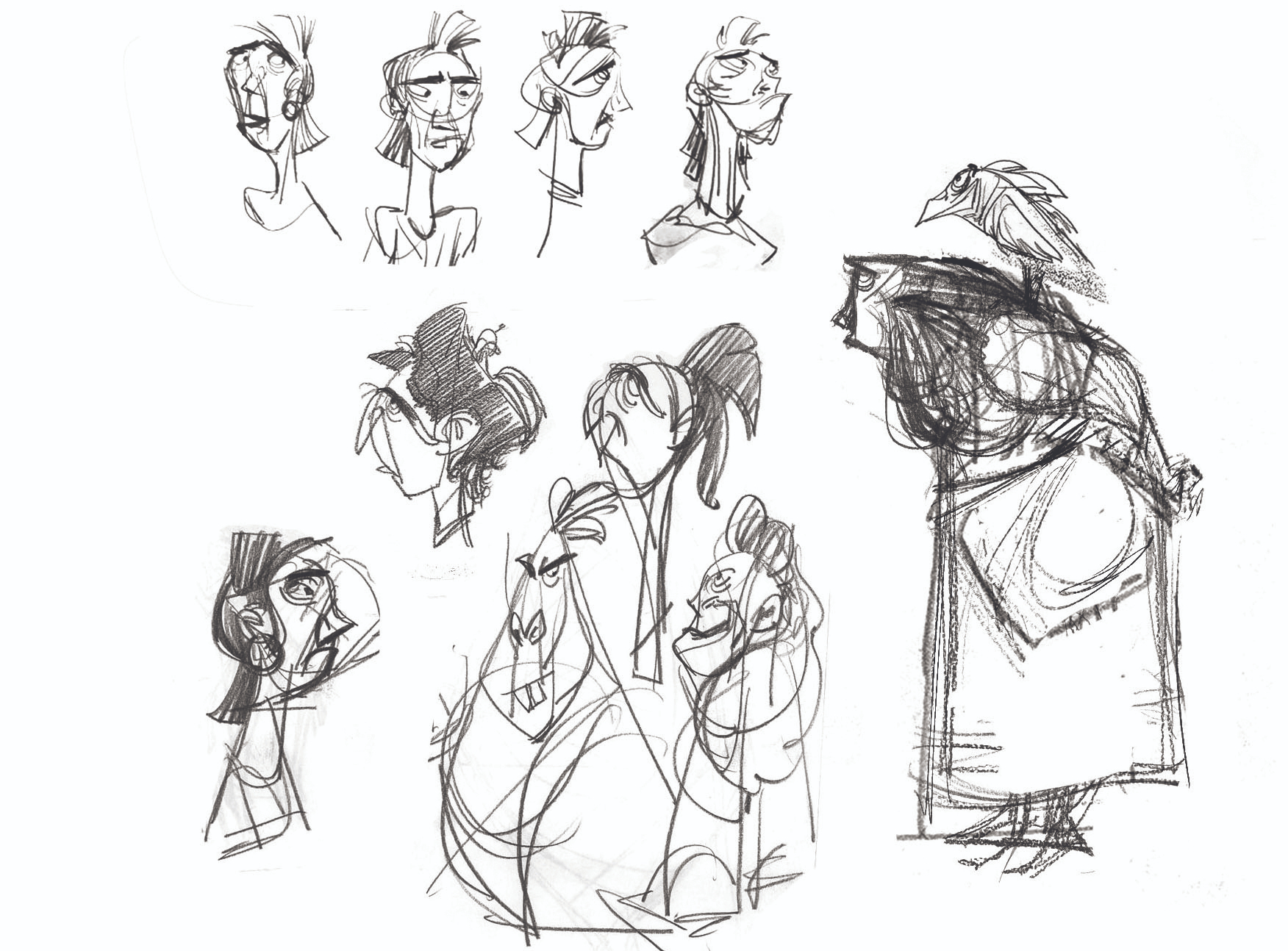
(Image: © Prem Sai GS)
Don't overthink the first design process. Let the hand execute the designing supported the knowledge you've already accumulated just about the subject. In this stage, I try to bury all rules and think only about the personality of the characters supported the story. This helps me come upwards with a few original thoughts that aren't influenced by artworks I've seen before.
In the next stage, I can take my initial idea and pass more developed based on references I have gathered. Present, I ingest the luxury to go game slower and use structure and form to bring the design to a Sir Thomas More finished look. Once I'm cognitive content with how the design clothed, I might play with some poses to see if the intent works in antithetical views. Often I might rule some poses that might not piece of work for a specific project, as they break character. Always stay remindful of the limits of to each one design.
This article was in the first place published in ImagineFX , the world's popular digital art magazine. Pledge to ImagineFX .
Age-related articles:
- How to hold a pencil correctly
- The best sketchbooks to throw you a better creative person
- How to purpose colour to arrive at your illustrations pop
Lineal articles
How to Draw Drawing and Sketching Tools
Source: https://www.creativebloq.com/advice/animation-sketches
0 Response to "How to Draw Drawing and Sketching Tools"
Enregistrer un commentaire